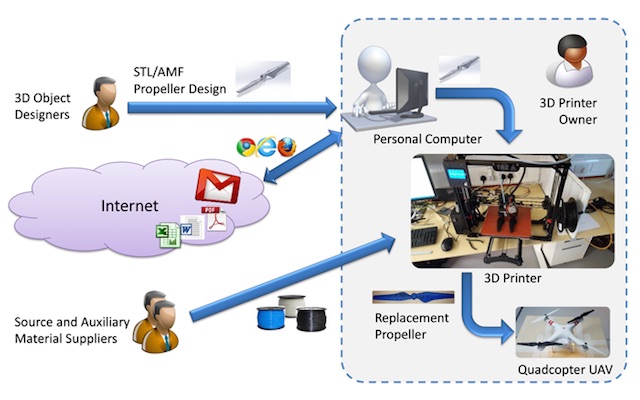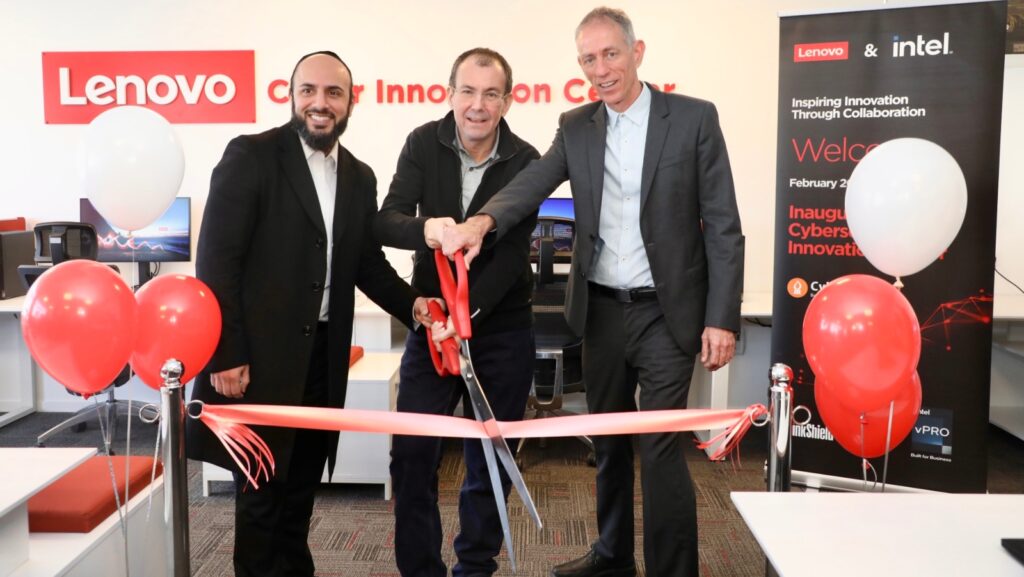
3-D Printers Vulnerable to Hacks
3-D Printers Vulnerable to Hacks
November 8, 2016
Motherboard — As the list of life-improving 3-D printed products continues to grow, BGU researchers have found a way that 3-D printing could result in some distinctly life-worsening products.
A report called Dr0wned – Cyber-Physical Attack with Additive Manufacturing released by researchers from BGU and two other universities, identifies vulnerabilities in current 3-D printing practices that could lead to the sabotage of “cyber-physical” systems that use 3-D printed parts.
“Initially we focused on checking whether the 3-D printer can be hacked,” says Prof. Yuval Elovici, director of the Deutsche Telekom Innovation Labs@BGU and the BGU Cyber Security Research Center (CSRC).
“Quickly, we realized that such an attack cannot scale due to the huge variety of 3-D printers, so we decided to focus on how attackers may intervene in a generic way in the process between design and production.”
The researchers’ concern is that because 3-D printers are computer controlled, the parts that the printers produce could be compromised if the security of the computers or design files are breached.
Their theory was tested when they successfully sabotaged the blueprints for the propellers of a drone, causing the drone to crash shortly after take-off.
The idea for the project came about when looking at previous research that demonstrated how malicious firmware could cause a laser printer to start a fire.
“We wondered if similar techniques can be applied to 3-D printers thus we analyzed the process of 3-D printing and derived many possible attack vectors,” says Prof. Elovici.
Although destroying a drone just to make a point may seem frivolous, the ultimate goal of the report is to raise awareness about the importance of safeguarding computers containing 3-D design files and prevent more serious attacks from occurring in the future.
“Our main focus is on developing mitigation techniques that will prevent such attacks from happening and will guarantee to the user the integrity of the printed object,” says Prof. Elovici.




